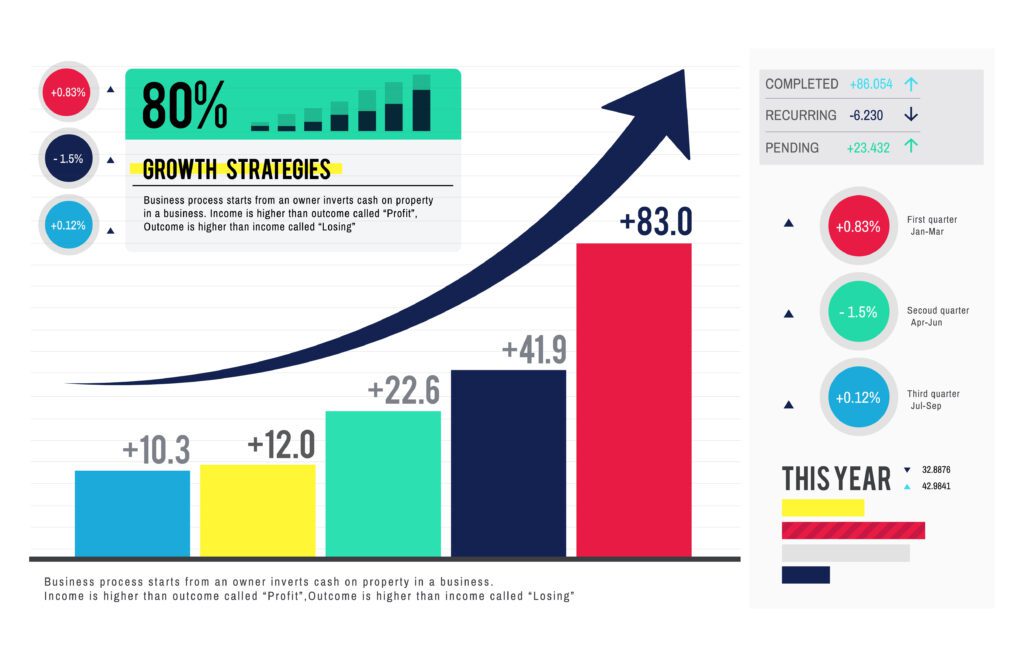In the digital age, capturing your audience’s attention has become more challenging than ever before. A compelling headline and engaging opening paragraph are crucial, but they’re not enough. The use of visually appealing images strategically placed throughout your blog post can make a significant impact on keeping your readers engaged and enhancing their overall experience. In this blog post, we’ll explore the art of incorporating images effectively to elevate your content and provide an unforgettable reading journey.

The Visual Breakthrough
Images do more than just beautify your blog post; they offer a visual pause that makes reading easier and more enjoyable. When crafting your content, consider segmenting it into sections, each with a clear heading. So, integrate relevant high-quality images that complement your text and break up the monotony of long paragraphs. Moreover, this strategic approach enhances the reader’s experience and helps convey your message more effectively.

Captivating Visuals, Engaging Content
The synergy between images and your content is what truly captivates your audience. So, ensure the images you choose are closely related to your topic and align with the text’s narrative. A diverse range of image types, such as photographs, illustrations, and infographics, can add depth and variety to your blog. Remember, quality matters. Use high-resolution images to maintain a professional appearance.

The Story in Every Image
Images possess the power to tell a story on their own. So, utilize this aspect by incorporating images that supplement your text’s message. Including captions for each image not only adds context but also offers an opportunity to reinforce your main points. Moreover, these captions should be concise yet informative, guiding the reader’s understanding of the image’s relevance.

SEO and Image Optimization
To maximize the benefits of images, optimize them for search engines. Then, add descriptive alt text to your images to make them accessible to visually impaired users and improve your website’s SEO. Captions, as mentioned earlier, contribute to SEO as well. By attending to these aspects, you not only enhance user experience but also increase the likelihood of your content being discovered by a broader audience.

Crafting Descriptive Captions: Painting a Clear Picture
Writing effective captions for images is essential to provide context, enhance the reader’s understanding, and guide them through the visual content. Here’s a step-by-step guide on how to write compelling captions for your images:
- Be Descriptive: Your caption should succinctly describe what the image portrays. First, imagine explaining the image to someone who can’t see it. Then, Include key details that help the reader visualize the image.
- Relevance: Ensure that the caption is directly related to the content of your blog post. Then, the caption should reinforce the message you’re conveying in the text.
- Concise: Captions should be brief but informative. Avoid long paragraphs or excessive details. Aim for clarity and simplicity.
- Context: Provide context that might not be immediately obvious from the image itself. So, explain why the image is relevant to the text or the point you’re making.
- Keywords: If applicable, incorporate relevant keywords that relate to your blog’s topic or the image content. Because this can contribute to SEO optimization.
- Tone and Style: Match the tone and style of your caption to the overall tone of your blog post. Whether it’s formal, casual, or informative, consistency is key.
- Engagement: Use captions to engage your readers. For that reason, pose questions, share interesting facts, or provide a thought-provoking statement that encourages readers to delve deeper into the content.
- Avoid Redundancy: If the information in the caption duplicates what’s already mentioned in the text, then consider providing additional insights or a different perspective.
- Correctness: Be sure to have proper grammar, punctuation, and spelling in your caption. As a result, mistakes can undermine your credibility.
- Alt Text Consideration: If your image serves as an alt text (for visually impaired readers), then maintain the same principles of description and relevance.
Here are a few examples of image captions following these guidelines:
- Image: Woman Using Laptop
Caption: A woman engrossed in her work, typing on a laptop in a cozy coffee shop. The perfect blend of productivity and comfort. - Image: Book and Coffee
Caption: A well-worn book rests beside a steaming cup of coffee. A serene morning setup for a day of reading and reflection. - Image: Creative Workspace
Caption: An organized desk adorned with colorful stationery, a laptop, and plants. An ideal workspace for sparking creativity. - Image: Growth Chart
Caption: A rising graph on a chart symbolizes progress and growth. A visual representation of the upward trajectory in your endeavors. - Image: SEO Optimization
Caption: A magnifying glass hovering over a computer screen, emphasizing the significance of SEO optimization for online visibility.
Remember, captions play a pivotal role in enhancing the reader’s experience and conveying the message of your images effectively. Taking the time to craft meaningful captions will contribute to the overall quality of your blog post.
Revealing Visual Enchantment: Alt Text’s Dual Impact on Inclusivity and SEO
Explore the vital role of alt text in extending accessibility and improving SEO. Therefore, learn to craft concise yet descriptive descriptions that open the visual world to all readers, including those using assistive technologies and search engines.
Here are the alt text descriptions for the images mentioned in the blog post:
- Image: Woman Using Laptop
Alt Text: A focused woman typing on a laptop in a cozy coffee shop environment. - Image: Book and Coffee
Alt Text: An open book placed next to a steaming cup of coffee, creating a tranquil morning scene. - Image: Creative Workspace
Alt Text: An organized desk featuring vibrant stationery, a laptop, and potted plants, evoking a creative work environment. - Image: Growth Chart
Alt Text: A rising graph on a chart depicting progress and growth, symbolizing success and advancement. - Image: SEO Optimization
Alt Text: A magnifying glass hovering over a computer screen, illustrating the concept of SEO optimization for online visibility.
Remember, alt text serves to provide a description of the image content for users who cannot see the image, such as visually impaired individuals or search engine crawlers. In addition, make sure your alt text accurately represents the image’s content and context.
Links to Websites for Free Image Downloads
Conclusion
Firstly, Incorporating images into your blog posts is a multifaceted strategy that goes beyond mere aesthetics. Also, It enhances readability, engagement, and memorability. Then, by thoughtfully integrating high-quality images that align with your content, you can transform your blog into an immersive experience for your readers.
Secondly, as you embark on this visual journey, remember the power of a call to action. So, encourage your readers to share their thoughts in the comments section, spread the blog post across their networks, and explore more of your content on your website. Since your blog isn’t just a collection of words; it’s a canvas where words and images come together to create something truly impactful.
So, as you craft your next blog post, remember the visual magic that lies within images. Lastly, elevate your content, captivate your audience, and leave a lasting impression.
Thank you for reading!
Anup Ain
Hey, my name is Anup Ain. I am a blogger and a digital marketing intern. I enjoy sharing my knowledge and experiences with others.